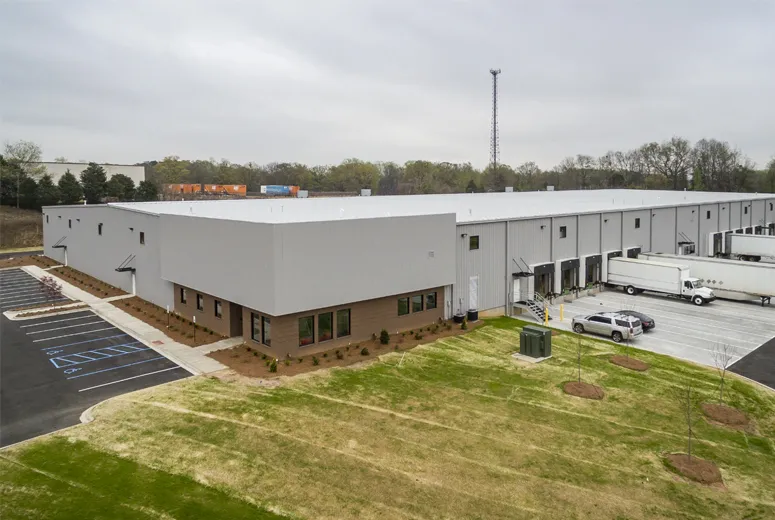- Afrikaans
- Albanian
- Amharic
- Arabic
- Armenian
- Azerbaijani
- Basque
- Belarusian
- Bengali
- Bosnian
- Bulgarian
- Catalan
- Cebuano
- Corsican
- Croatian
- Czech
- Danish
- Dutch
- English
- Esperanto
- Estonian
- Finnish
- French
- Frisian
- Galician
- Georgian
- German
- Greek
- Gujarati
- Haitian Creole
- hausa
- hawaiian
- Hebrew
- Hindi
- Miao
- Hungarian
- Icelandic
- igbo
- Indonesian
- irish
- Italian
- Japanese
- Javanese
- Kannada
- kazakh
- Khmer
- Rwandese
- Korean
- Kurdish
- Kyrgyz
- Lao
- Latin
- Latvian
- Lithuanian
- Luxembourgish
- Macedonian
- Malgashi
- Malay
- Malayalam
- Maltese
- Maori
- Marathi
- Mongolian
- Myanmar
- Nepali
- Norwegian
- Norwegian
- Occitan
- Pashto
- Persian
- Polish
- Portuguese
- Punjabi
- Romanian
- Russian
- Samoan
- Scottish Gaelic
- Serbian
- Sesotho
- Shona
- Sindhi
- Sinhala
- Slovak
- Slovenian
- Somali
- Spanish
- Sundanese
- Swahili
- Swedish
- Tagalog
- Tajik
- Tamil
- Tatar
- Telugu
- Thai
- Turkish
- Turkmen
- Ukrainian
- Urdu
- Uighur
- Uzbek
- Vietnamese
- Welsh
- Bantu
- Yiddish
- Yoruba
- Zulu
ಡಿಸೆ . 21, 2024 03:52 Back to list
The Rise of Metal Buildings A Sustainable Solution for Modern Architecture
In recent years, metal buildings have surged in popularity, becoming a favorite choice for a wide range of construction projects. From agricultural structures to commercial warehouses and even residential homes, the advantages of using metals, particularly steel and aluminum, are compelling. This article explores the benefits, applications, and future of metal buildings, emphasizing their eco-friendly attributes and efficiency.
Durability and Strength
One of the most significant advantages of metal buildings is their durability. Metal structures can withstand harsh weather conditions better than traditional materials like wood or brick. Factors such as strong winds, heavy snowfall, and even seismic activity are less likely to compromise the integrity of a metal building. Steel, in particular, has a high strength-to-weight ratio, allowing for larger spans without the need for cumbersome support columns. This inherent strength makes metal buildings ideal for various uses, including industrial warehouses, commercial spaces, and agricultural storage.
Cost-Effectiveness
When evaluating the total lifecycle cost of a building, metal structures often prove to be more economical. While the initial investment may be slightly higher compared to conventional building materials, the long-term savings are substantial. Metal buildings require less maintenance due to their resistance to rot, pests, and corrosion. Furthermore, construction times are significantly reduced since prefabricated metal components can be rapidly assembled on-site, translating to lower labor costs and quicker project completion times.
Sustainability and Energy Efficiency
As the construction industry continues to grapple with environmental concerns, metal buildings offer a sustainable solution. Steel is one of the most recycled materials globally, and many metal building manufacturers prioritize using recycled content in their products. This reduces the demand for new raw materials, thereby conserving natural resources.
Additionally, modern metal buildings can be designed to be highly energy-efficient. By incorporating insulation and energy-efficient windows and roofing materials, these structures can significantly reduce heating and cooling costs. The reflective surfaces of metal roofs also help to decrease energy consumption by minimizing heat absorption, which is especially beneficial in warmer climates.
metal ag buildings

Versatility and Aesthetic Appeal
Metal buildings are incredibly versatile, suitable for a multitude of applications. They can be designed to serve as warehouses, manufacturing facilities, retail stores, sports complexes, or even homes. This versatility extends beyond function; metal buildings can also embody various architectural styles. From sleek, modern lines to more traditional aesthetics, metal can be manipulated to create a visually appealing structure that meets the specific needs of its occupants.
Furthermore, metal buildings can be easily expanded or modified. Unlike traditional buildings that may require extensive renovations, metal structures can be added to or altered with relative ease, allowing businesses to adapt to changing needs without incurring massive costs.
Safety and Fire Resistance
Safety is another crucial consideration in construction. Metal buildings provide increased safety due to their inherent fire-resistant qualities. Unlike wooden structures, which can combust easily, metal does not ignite. This property is particularly advantageous in environments where fire risks are prevalent. Additionally, metal buildings are less prone to structural failure in the event of a fire, thus providing peace of mind for occupants and investors.
The Future of Metal Buildings
Looking ahead, the future of metal buildings appears bright. As sustainable practices become more prominent in architecture and construction, the demand for metal buildings will likely continue to rise. Innovations in manufacturing processes, materials, and design techniques will further enhance the appeal of these structures. For example, advancements in lightweight materials and modular construction will push the boundaries of what is possible with metal buildings, leading to even more exciting applications.
In conclusion, metal buildings represent a practical, efficient, and sustainable approach to modern construction. Their durability, cost-effectiveness, versatility, and safety make them an attractive option for various applications. As society increasingly prioritizes eco-friendly building practices, metal structures will undoubtedly play a vital role in the future of architecture. With their unique combination of benefits and adaptability, metal buildings are poised to meet the demands of the 21st century and beyond.
-
Cold Formed Steel Residential Framing
NewsMay.21,2025
-
Innovative Steel Structure Building Solutions
NewsMay.19,2025
-
Innovative Prefab Metal Shed Solutions
NewsMay.19,2025
-
Durable Steel Horse Shelter Solutions
NewsMay.19,2025
-
Durable Metal Shed Solutions
NewsMay.19,2025
-
Durable Big Metal Shed Solutions
NewsMay.19,2025
Products categories
Our Latest News
We have a professional design team and an excellent production and construction team.












